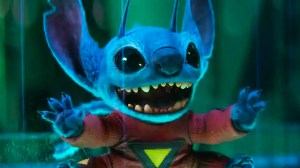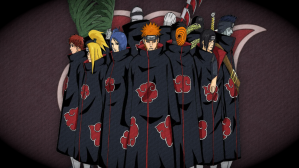Another issue of Miracleman, another heaping of praise upon the creative team.As this series goes on, I see more and more why this story earned such acclaim when it first enthralled readers in the pages of Warrior way back in that period of ancient history called the 1980s. Each issue shows improvement both in Alan Moore’s writing and in Alan Davis’ artwork. It’s quite instructive to be able to look at the early work of such giants of the comic book medium. Fascinatingly, they both demonstrate immense talent and ability even in these relatively early days.Marvel’s Miracleman #5 collects three chapters of the Miracleman story originally published in three successive issues of Warrior in 1983. An additional chapter consists of a Young Miracleman story simply titled “1957.” All of these chapters work very well, building the story as well as interest in reading its successive chapters. Overall, there is an intriguing mix of foreshadowing, mystery, intrigue, and thoughtful character interaction and development.
Marvel’s Miracleman #5 Deserves to Be Read
Another issue of Miracleman, another heaping of praise upon the creative team.As this series goes […]












